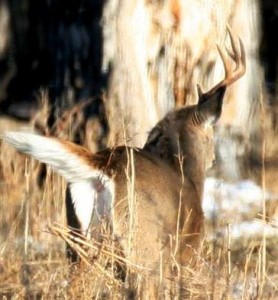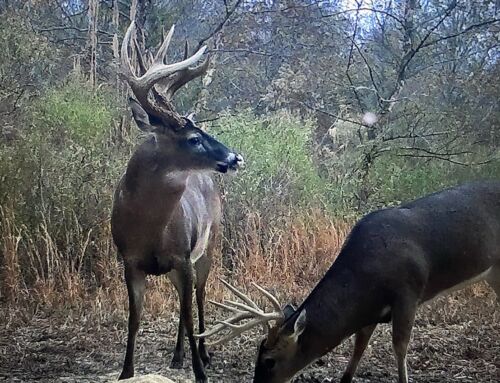 Why do buck deer spend so much time and energy growing new antlers each spring and summer only to shed them 5 or 6 months later?
Why do buck deer spend so much time and energy growing new antlers each spring and summer only to shed them 5 or 6 months later?
Scientists have chewed on this for years, but “we still don’t know exactly why,” says noted whitetail biologist Dr. Mickey Hellickson, who points to a couple of theories.
Some biologists believe bucks (whitetail and mule) shed their old racks each January or February so they’ll have the ability to replace antlers that might get damaged over the course of the year. If a buck had to live his entire life with snapped tines or a broken main beam, he couldn’t intimidate rivals or posture for does in the local hierarchy.
A second theory suggests that bucks cast their antlers each winter and grow new, bigger racks the following spring and summer to keep pace with their increasing weight and girth as they mature to 3½, 4 ½, 5 ½ years of age and so on. This seems most logical to me. As a buck matures, he can grow an additional 10 to 20 inches of antler each year, until his rack starts to go downhill at 6-7 years of age or so, if he lives that long.
Science aside, the fact is that there are millions of fresh sheds from 2020 racks lying hidden in the woods right now, along with millions more white bones that bucks dropped a year or two ago, and all of them are ripe for the taking. Hunting the old antlers is a fun way to spend a winter day, and to get some great exercise.
Click here for the best shed-hunting tips.





